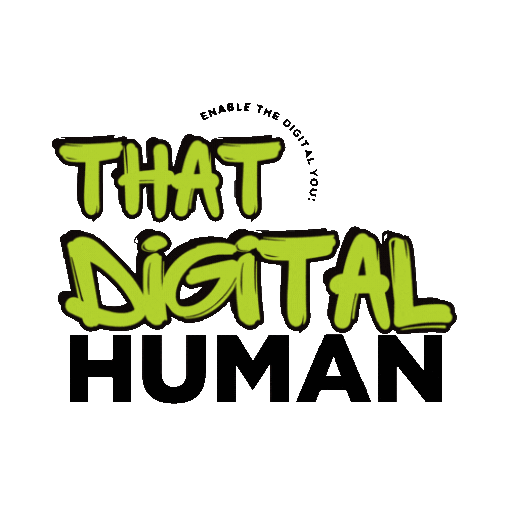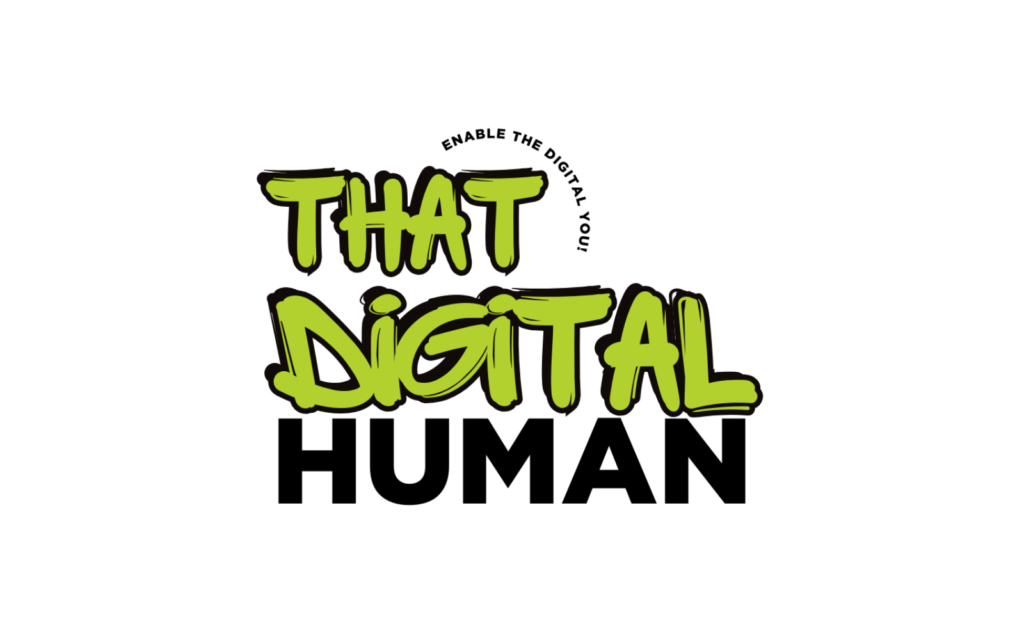The way we work has changed dramatically over the last decade, with the COVID-19 pandemic accelerating shifts that were already in motion.
Today, companies and employees worldwide are choosing between three primary work models—remote, hybrid, and onsite.
But what does this mean for professionals, businesses, and the future of work?
More importantly, how does India fit into this evolving landscape?
Let’s explore the global trends, examine the pros and cons of each model, and predict how future generations will adapt.
How Work Culture is Evolving Globally
The workforce is shifting, and the data backs it up. According to a 2023 McKinsey survey:
- 35% of employees globally work remotely at least part of the time.
- 45% of companies have adopted a hybrid work model.
- Only 20% of employees are required to be fully onsite.
Growth of Remote Work (2019–2024)
| Year | % of Workforce Working Remotely |
|---|---|
| 2019 | 5% |
| 2020 | 35% |
| 2021 | 40% |
| 2022 | 38% |
| 2023 | 35% |
| 2024 | 37% |
In India, the trend is similar, especially in IT, fintech, and digital marketing, whereas industries like manufacturing and retail remain predominantly onsite.
Breaking Down the Three Work Models
| Work Model | Pros | Cons |
| Remote Work | ✔ Increased productivity: Employees save commuting time and can focus better. ✔ Cost savings: Companies reduce office space costs, and employees cut travel expenses. ✔ Flexibility: Workers have more control over their schedules, leading to better work-life balance. |
✖ Communication barriers: Remote collaboration can be challenging if even a single employee does not know how to tackle the basic connectivity issues. ✖ Lack of workplace culture: Employees may feel disconnected and that reduces cross functional collaboration. ✖ Time zone issues: Scheduling can be difficult for global teams and hard to focus on a screen with high brain activity. Or that’s what we assume! |
| Hybrid Work | ✔ Balance between flexibility and collaboration. ✔ Higher employee satisfaction: Employees enjoy the benefits of both home and office work. ✔ Maintains company culture: In-person meetings keep employees engaged and motivated |
✖ Complexity: Managing schedules and fairness can be difficult. ✖ Unequal opportunities: Fully remote employees may feel excluded and might stay aloof of what’s happening on the ground. ✖ Infrastructure costs: Companies must maintain both physical and digital workspaces. |
| Onsite Work | ✔ Stronger team collaboration: In-person interactions can improve teamwork and productivity. ✔ Career growth: Being visible in the office can lead to more promotions. Optics matter, especially in corporates. ✔ Clear work-life boundaries: Employees can separate work from personal life more easily. |
✖ Commuting stress: Long travel hours can reduce work-life balance and increase stress levels. ✖ Higher expenses: Employees spend more on transportation and meals which leads to overall dissatisfaction for most individuals. ✖ Less flexibility: Personal schedules are harder to manage. No time for the personal to-dos that only happen on weekdays. Forced to take those leaves. |
India’s Take on Remote and Hybrid Work
India is experiencing a work revolution, with a 28% rise in remote job opportunities since 2020.
However, a survey by NASSCOM found that 63% of Indian employers prefer hybrid models, emphasizing in-person collaboration while allowing flexibility.
| Work Model | India (2024) |
| Remote | 25% |
| Hybrid | 55% |
| Onsite | 20% |
Startups in India tend to favor fully remote teams, while traditional corporations are leaning towards hybrid or onsite structures. Companies like TCS, Infosys, and Wipro have started bringing employees back to offices at least 2–3 days a week, reflecting this shift.
What This Means for Future Generations
Education and Skills
The future workforce will need to be tech-savvy, mastering digital tools, time management, and virtual collaboration. Online courses and skill-building platforms are becoming essential for career growth.
Work-Life Expectations
Millennials and Gen Z prioritize work-life balance over job stability. A recent LinkedIn study found that:
- 72% of Gen Z prefer remote or hybrid work.
- 65% would reject a job offer if it required full-time office work.
Geographical Independence
Remote jobs are shifting India’s talent landscape. Tier-2 and Tier-3 cities are becoming major employment hubs, reducing urban congestion and distributing economic opportunities more evenly.
VERDICT:
The future of work is not one-size-fits-all.
Remote work offers flexibility, hybrid work provides a balance, and onsite work fosters collaboration. India’s workforce is evolving rapidly, with hybrid work leading the way.
Companies must rethink policies to match new expectations and embrace digital transformation.
Which work model suits you best—remote, hybrid, or onsite?
- Forbes: Remote Work Statistics
- Times Of India: Hybrid Model for India
- Future of Hybrid Model in India


